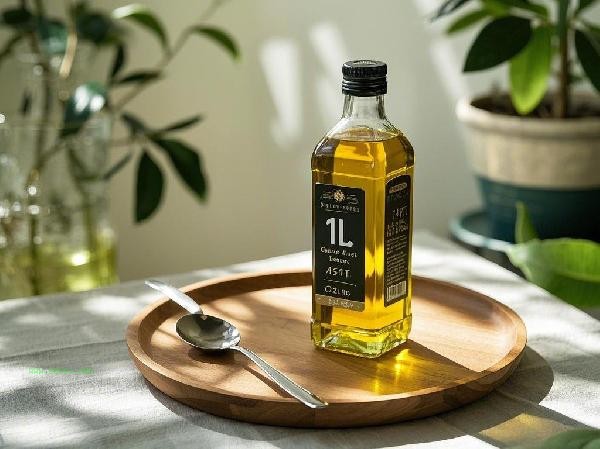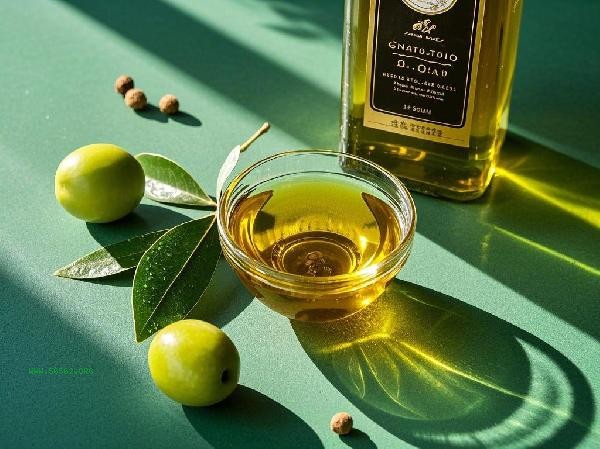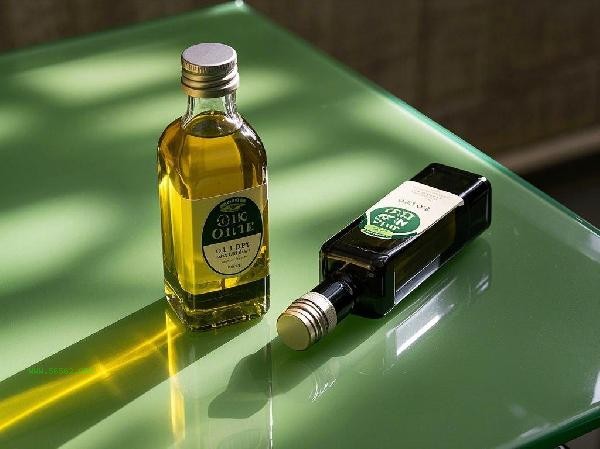Olive oil can be directly mixed cold, cooked at low temperatures, or used as a seasoning, suitable for making salads, stir frying, and baking. Olive oil contains monounsaturated fatty acids and antioxidants, which are beneficial for cardiovascular health when consumed in moderation.

1. Cold Salad
Olive oil is an ideal choice for making salads, which can be poured directly onto vegetables and fruits. Cold pressed extra virgin olive oil retains more nutrients such as vitamin E and polyphenols, which can enhance the flavor of ingredients while reducing nutrient loss. Paired with ingredients rich in vitamin C such as tomatoes and lettuce, it can promote the absorption of fat soluble vitamins. Avoid mixing with ingredients that have been heat-treated to prevent damage to the active ingredients of olive oil.
2. Low temperature cooking
Olive oil is suitable for medium to low temperature frying, with a smoke point of about 160-190 degrees, and can be used to cook fish, tender vegetables, etc. Controlling the oil temperature to not exceed the smoking point during cooking can reduce the production of harmful substances. Monounsaturated fatty acids have a stable structure and are more suitable for daily cooking than animal fats. It is not recommended to deep fry at high temperatures for a long time, as it may cause oxidation of nutrients.
3. Seasoning and pairing
can be directly dipped in bread or added to soups or pasta to enhance the taste. Extra virgin olive oil contains olive polyphenols, which have anti-inflammatory properties. Paired with whole grain foods, it can delay blood sugar rise. The recommended daily intake is 25-30 milliliters, as excessive intake may increase calorie burden. After opening, it needs to be sealed and stored in the dark, and used up within 6 months to maintain quality.

Fourth, Baking Replacement
Olive oil can be used instead of butter to make baked goods such as cakes and cookies, reducing saturated fat intake. Choosing refined olive oil is more suitable for high-temperature baking, with a smoke point of over 210 degrees. Olive oil gives pastries a unique fragrance, but the liquid ratio in the recipe needs to be adjusted. People with diabetes can choose olive oil baked food as a healthy snack.
V. Special Usage
Olive oil can be used to marinate meat or make vanilla oil, enhancing food flavor and extending shelf life. After soaking with minced garlic, rosemary, etc., it can be used as a dipping sauce for bread or as a brush oil for grilled meat. People with gastrointestinal sensitivity should avoid drinking olive oil directly on an empty stomach, as it may irritate the mucous membranes. Moderate consumption during pregnancy is beneficial for the development of the fetal nervous system.

It is recommended to choose dark glass bottle packaging for daily use of olive oil and store it in a cool place to avoid oxidation. Combining diverse Mediterranean dietary patterns such as whole grains, deep-sea fish, and nuts can more effectively enhance its health benefits. During the cooking process, pay attention to controlling the oil temperature and dosage. hypertensive patients can prioritize using low acidity extra virgin olive oil. If there is a rancid smell or bitter taste of oil, it should be immediately stopped from consumption.








Comments (0)
Leave a Comment
No comments yet
Be the first to share your thoughts!